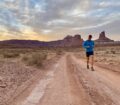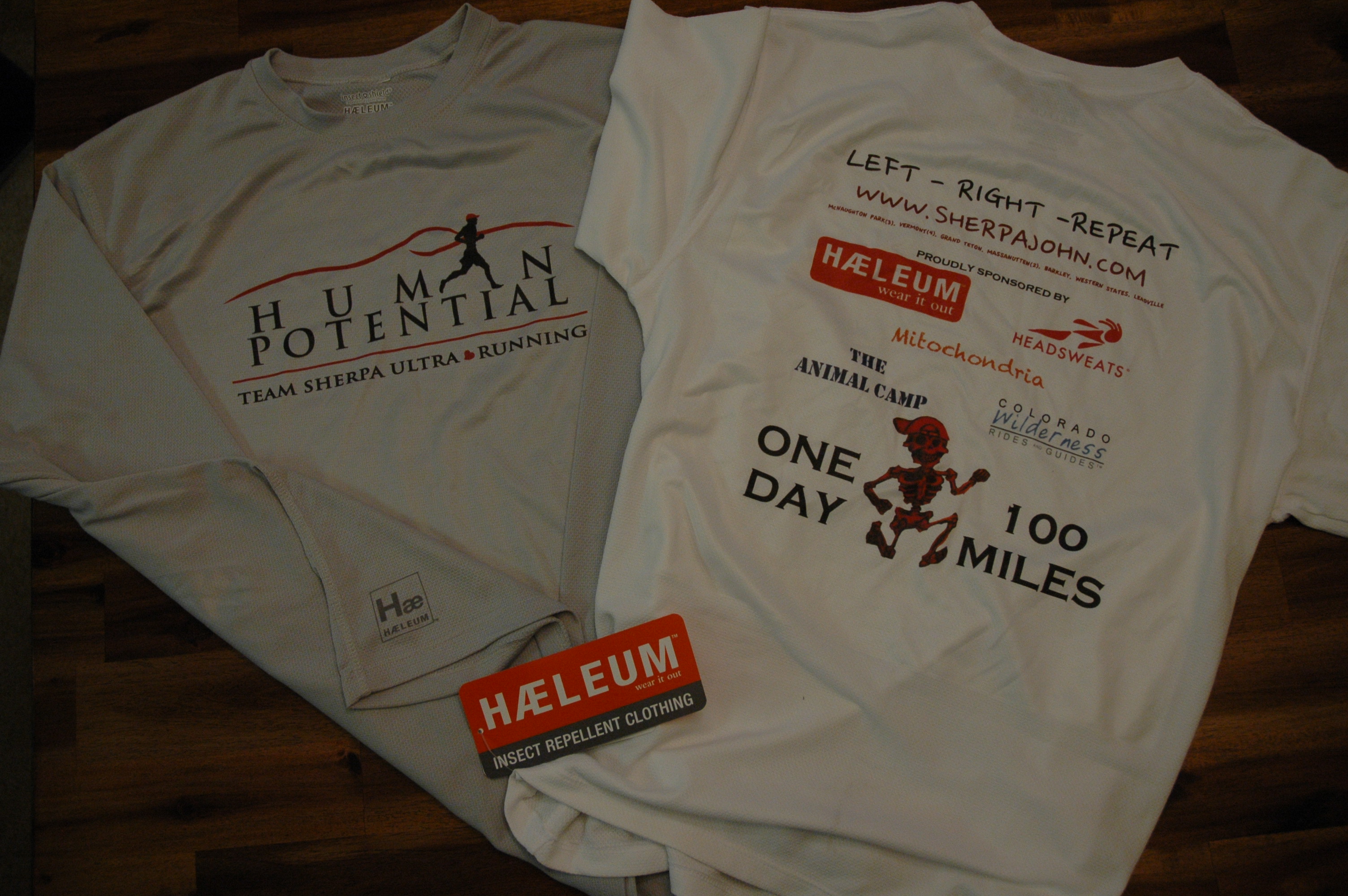In an earlier post on Choosing Your First 100 Miler, I discussed the notion of doing ample research on the races you’re contemplating running in order to more sufficiently choose which ultra you want to run. I find it necessary to really take a look at the research that can be done on a 100 mile race, that will ultimately help you be a better prepared runner for the event. That’s what this post is about, and is another in the series Journey To 100 Miles. Time to take the bull by the horns..
This post is designed to help give you the tools to research your goal race in an effort to help guide you in your training, and ultimate preparation on the day of the event. I’ve broken it down into 3 parts. Part 1 will focus on the information we look to find on the races official website. Part 2 if going to focus on the work we can do with Google Searches. And Part 3 will tackle the Why? Why do we do this research specifically. This may be one of the lengthier posts and I certainly don’t want to waste anyones time. Ultimately, everyone goes about things a little differently. We are all an experiment of one. This is my way and it has served me well for more than 40 ultras. I strongly believe that the information I’m about to share with you is as important as the training itself. For this post, we’re going to be using my goal race for this journey, The Vermont 100, in all examples. But please make no mistake, the information below applies to all ultras respectively.
Part 1 – Reading the Race Website
There is a mountain of information that can be gleaned from the races official race website. There is a reason that someone (sometimes many someones) have gone to great lengths to provide information adnauseam. If you are not willing to read all of this information, if you are not willing to obsess about the event before you.. then you shouldn’t be running it. However, acknowledge that many races do not provide all of the information we’re looking for on their website for a variety of reasons. Again, for our example in this article we’re going to www.Vermont100.Com
First Glance: At first glance everything that I need is here and is very easy to find. I know what the event is, how long it’s been held, and when it’s being held. I know the course records. This is important because at just under 15 hours, I can ascertain that it can be a very fast course and in line with some of the more easier 100s. I’m also able to find who the race benefits, in this case it is Vermont Adaptive Ski and Sport.
The Course: 100 Miles with a 30 hour time limit. The course has 14,000′-15,000′ of elevation gain over the distance. There is an elevation profile available on the website, but there is no map of the course and the description short and sweet. With this in mind, rather than get upset about this omission, I can probably ascertain that the event is held on private lands and runners out training on the course could jeopardize future events. I am sure I can find a map during my google search later.
Race Rules/Guidelines: This is important for various reasons. Especially if you are new to the sport, you quickly discover the rules that are pretty general to our sport. But there are differences between all the races. For instance, there is no “muling” allowed at Vermont, there is no headphone or personal speaker use allowed, all aid from crew members must be received in crew stations only, and you cannot use trekking poles. (Alternate Example: Leadville 100 allows muling, headphones, and trekking poles.) All of this information is valuable and worth noting as it prevents potential headache and heartache in the future. Remember, YOU are responsible for knowing the rules and following them. Now is not a time to voice your opinion or to strike up debate. Their race, their rules. So if Trekking Poles and Headphones are not allowed.. I would suggest not using either of those during training for this event. Get used to the constraints of the event by training with the same constraints.
Results: The Vermont 100 has listed all results for the last 15 years of the event. I like to peruse this to see what the average times are. How many finishers. If my goal is sub 24, how many folks actually make it in under sub 24 every year? Maybe there are some folks I know or names I recognize on the list? I can see how they did, and then reach out to them for more information about the event that I’m sure they’d be happy to share. Lastly, I think it provides some with a very stark reality of how long the average runner is out on the course and opens your eyes on what to truly expect.
These are the 3 major areas we want to look at on the race website for now. This is the information we want in the next few weeks when we start to craft our training program for the event. So, we know how many miles, the time limit, the elevation gain, the rules (no headphones or trekking poles), and what to expect in terms of cut-offs and average finishing times.
Part 2 – Google Time
Google, Bing.. whatever you want to use is fine. Either way, it’s an incredibly powerful tool at our disposal. Google searching opens up a whole new world of information about our event, often times, far beyond what the race website gives us.
Historical Weather Data: The race website has told us that the average temperatures at the VT100, “is 80-85 during the day and 55-65 at night (but anything can happen).” Anything can happen just won’t do. So google search the average weather in July for Woodstock, VT (or whatever location where your race is). The results that come back indicate that the temperatures the race website gave us are spot on, but it’s also very humid in July, and July also tends to be one of the wettest months of the year. So with this information I know I could probably count on some afternoon thunderstorm activity during the race. I can also expect it to be 85 with 80+% humidity on the day of the event. Living in arid Colorado, I may have difficulty preparing this in advance. I’ll need to come up with some solutions.
Previous Race Reports: The possibilities are endless for this. A google search of “Vermont 100 run report” offers up around 8 pages of solid Vermont 100 Race reports in the form of newspaper articles and blog posts from previous years runners. Wow! I like to read 2 or 3 from the first 2 pages of the search results. Those are typically the most read and the best accounts. Reading these helps you visualize yourself in the report. You start to imagine what your race will look like. You start to see yourself crossing that finish line. And these reports, often times, provide you with other tid-bits of information not found anywhere else.
Videos: Usually the best videos and the only ones worth watching appear on the first page. These videos will, again, help you visualize the race and yourself in it. You can actually see the terrain you’re going to become very acquainted with. Aid stations, trails, roads, other runners.. and how the other runners really look. It’s ok to watch more than one. Find a favorite and save it to your bookmarks. Go back to it many times on your road to the race.
Topography/Elevation Profile: If this is not found on the race website; someone has to have worn a watch previously at this event and ultimately has posted the elevation profile (and perhaps a map) on their own personal website. For instance, after a google search I found this very valuable page on someones blog. Again, this information is important when we get to the training phase. You’re going to want to train on terrain that very closely resembles the race and information like this will help us narrow the search for that terrain.
Part 3 – Why?
We’ve been answering the why here and there throughout the article, but in case you missed it we’ll talk about it more below. Before we do, I want to reiterate that this is only what I, personally, think are the more important things to research. There is so much much more that you should delve into when preparing for a race. Take the time and learn absolutely all that you can about whatever your race is. Obsess about it. Study it like you’d study for that last final in college where if you fail, you’re not getting the degree.
Helps Drive Your Training: Much of what we’ve researched above will help us drive our training. I have lived by a saying for a long time, “If you wouldn’t do it in the game, don’t do it in practice.” The race is the game and training is practice. If you can’t wear headphones during the race, don’t wear them in practice. If the race features a hilly course with technical trails, train on hilly technical trails. Only by doing this important research can we being to ascertain what we need to do in preparation.
Creating A Schedule: All of this information is bringing us closer to creating a training schedule for our first 100 miler. We’re almost there. With all of the information we’ve acquired through our internet research, we’re going to have a pretty good idea of what we need to do in our training to prepare for success at the race. Every piece of information is vital to success and will help us create our training plan for the months to come.
Coming Up on Journey To 100 Miles:
Our Next Post: 100 Miler Base Building
And Later: The 100 Mile Training Schedule
This post is part of a series known as Journey To 100 Miles. We Welcome your comments to add to the discussion.
Previous Posts: Journey To 100 Mile Intro
Choosing Your First 100 Miler
Ultra Commitment






















Great article. Oddly enough, I find the race results as one of the most helpful sources of information. I don’t do it to see what the competition will be like, but like you, it gives a great idea on how ‘hard’ the course really is. If the course record is in the 15 – 16 hour range and a significant number of people go under 24 hours then I know it is a fast race and can plan and train accordingly. However, if the CR is much slower and few people go under 24 hours then I know I should probably plan for a slog and a long night of running. Cool information. Thanks John.
[…] here’s how to choose your first […]
[…] assume that you’ve Chosen Your Which 100 Miler is your First, You’re Committed, You’ve done ample research, and you’ve started building a base. This amazing journey continues with the real nitty […]
[…] Posts: 1. Journey To 100 Mile Intro 2. Choosing Your First 100 Miler 3. Ultra Commitment 4. Researching An Ultra 5. 100 Miler Base Building 6. A 100 Mile Training Plan by SherpaJohnSee more of John's writting at […]
[…] Posts: 1. Journey To 100 Mile Intro 2. Choosing Your First 100 Miler 3. Ultra Commitment 4. Researching An Ultra 5. 100 Miler Base Building 6. A 100 Mile Training Plan 7. Ultra Gear For Success by SherpaJohnSee […]
[…] To 100 Mile Intro 2. Choosing Your First 100 Miler 3. Ultra Commitment 4. Researching An Ultra 5. 100 Miler Base Building 6. A 100 Mile Training Plan 7. Ultra Gear For Success 8. Ultra […]